"..research found that stress-related illness costs the US economy $300 billion a year."
"When we started looking at the numbers, it was epidemic," he said. "So employees and employers really need to tackle this – just demanding more productivity isn't enough any more."
Stress-Free Zones
One way in which UNStudio and Scape are aiming to tackle this is with their pods which are being installed within workplace. These secluded pods will allow office workers to meditate, smash things or scream just to name a few, other activities include things like yoga or interacting with a wall that lights up when you touch it.
Oxytocin is released by sensory stimulation during different kinds of interactive behaviors and is linked to increased levels of social interaction, well-being and anti-stress effects. 'In addition oxytocin is released in response to low intensity stimulation of the skin, e.g., in response to touch, stroking, warm temperature, etc'. This is why things such as these pods are so effective in relieving stress and is a good basis for my research to get a better understanding of what I could potentially produce for this project.
Napping is something specific that has been proven to reduce stress but it currently has a stigma surrounding it, as it's considered lazy and unproductive when it actual fact it can have health benefits. Architect Jürgen Mayer H has created a room filled with glowing pink light and ambient pink noise where people can nap and chill out. He suggests having a more nomadic sleeping arrangement where we frequently take naps as opposed to a long period of sleep like we typically would at night.
He explains in the article:
"..as the boundaries between work time and social time become blurred, the boundaries between sleeping and waking time will also become more flexible."
"I think 45-minute naps are a rhythm that's pretty good and works with your sleeping cycles. Ten minutes is also very good."
Even something as simple as a room like this to take naps in and chill out during the working day could be a good solution to my problem of stress, as there is plenty of research to suggest that napping does work.
A much more portable solution to this problem is the 'Shroud', which helps workers reclaim "social solitude" during the day by shrouding them in fabric. Much rather than having a full room to nap or have time to yourself, instead you can have these moments wherever and whenever you please. This is a much cheaper and convenient alternative solution to stress, which is also something i'm going to consider; whether to visualise a full space or a product as a solution to my problem.
After moving to New York, the designer said:
"I was swept away by the city's never-ending activity and graduate school has been fast-paced and demanding."
"The Nutshell became my way of finding some personal peace and quiet, and I bet there are others out there who feel the same way."
Over in Dubai, French furniture brand Smarin has created a temporary installation of soft dune-shaped lounge chairs, designed to encourage visitors to stop and take a nap. The idea is to allow visitors to "disconnect and recharge" because as the founder, Stephanie Marin...
"I had the idea for the Nap Bar because when I'm walking in big cities, sometimes I take a break with a coffee but actually I need more of a real break"
"In addition to furniture, the Nap Bar is furnished with latex-filled pillows – with holes in the middle for visitors to rest their faces – wool ponchos, herbal teas and essential oils."
The combination of these little things together create an relaxing experience for the user, one that will allow them to "disconnect and recharge" as the designer so intended. Creating an experience for the user I think is key to something like this, the environment and atmosphere that they're in needs to be naturally comforting, not forced in any way.
The Sleepbox is a small box equipped with two beds that allows people, usually travellers that don't have a hotel, to stay for 30 mins or a couple of hours to nap and recharge.
"Sleepbox allows everybody in unforeseen circumstances to spend a night safely and inexpensively or simply to kill a few hours without leaving the luggage."
The convenience of something like this is it's ability to just be placed anywhere there's space, in train stations, airports etc. where people may need to rest a little without having to get a hotel. I think this is potentially something that could be implemented into workspaces/universities as an option for people to de-stress and nap, meditate etc. although for only two beds per cabin, it would be expensive and space consuming.
London showroom Sto Werkstatt invited architecture offices Hassell and Draisci Studio to create an interactive exhibition exploring types of architectural spaces that can be used for short-term physical and mental rest. Sleeperie was the result of this.
"It encourages visitors to switch off mobile phones, tablets and laptops, and enjoy a quick daytime nap."
"Visitors can book in to the acoustically insulated room, for a 10-minute nap after work or between meetings."
This is another solution to the never ending problem of lack of sleep that us designers face, by allowing us to rest and recharge both physically and mentally which ultimately helps with stress. This is something to consider for my solution, a room full of hammocks for people to rest could be feasible especially within the workplace or university as the material itself wouldn't be overly expensive, unlike for example the Sleepbox above.
All of these examples have been helpful in getting the ball rolling in terms of what's possible as a hypothetical outcome such as visualising a room for relaxation or potentially prototyping a physical product as the solution. I think the solution to stress, especially after researching into current solutions out there, is creating a space away from the work life within the workspace itself, so people can relax peacefully without having to go home which usually wouldn't be an option anyway.
Sources:
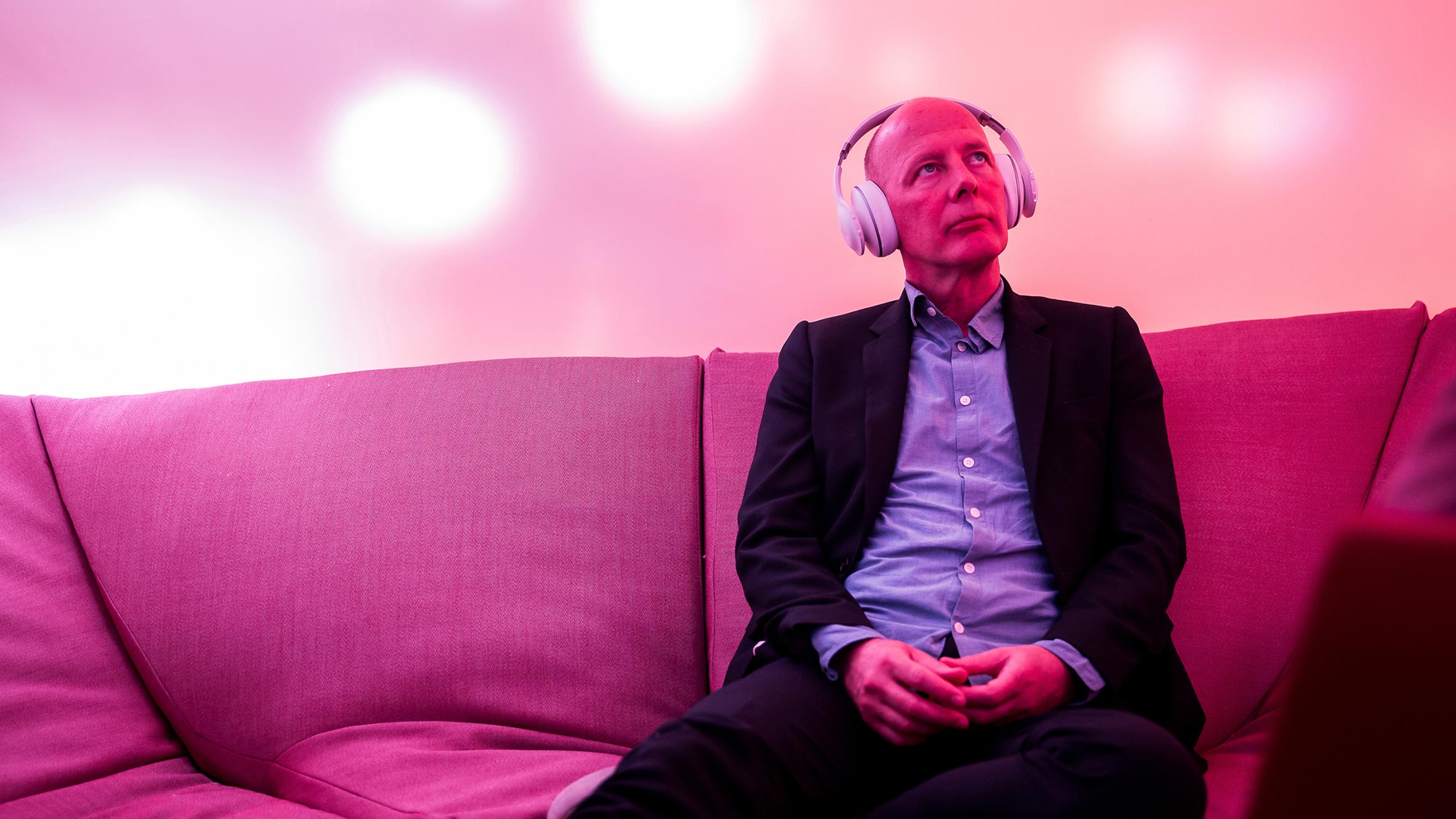
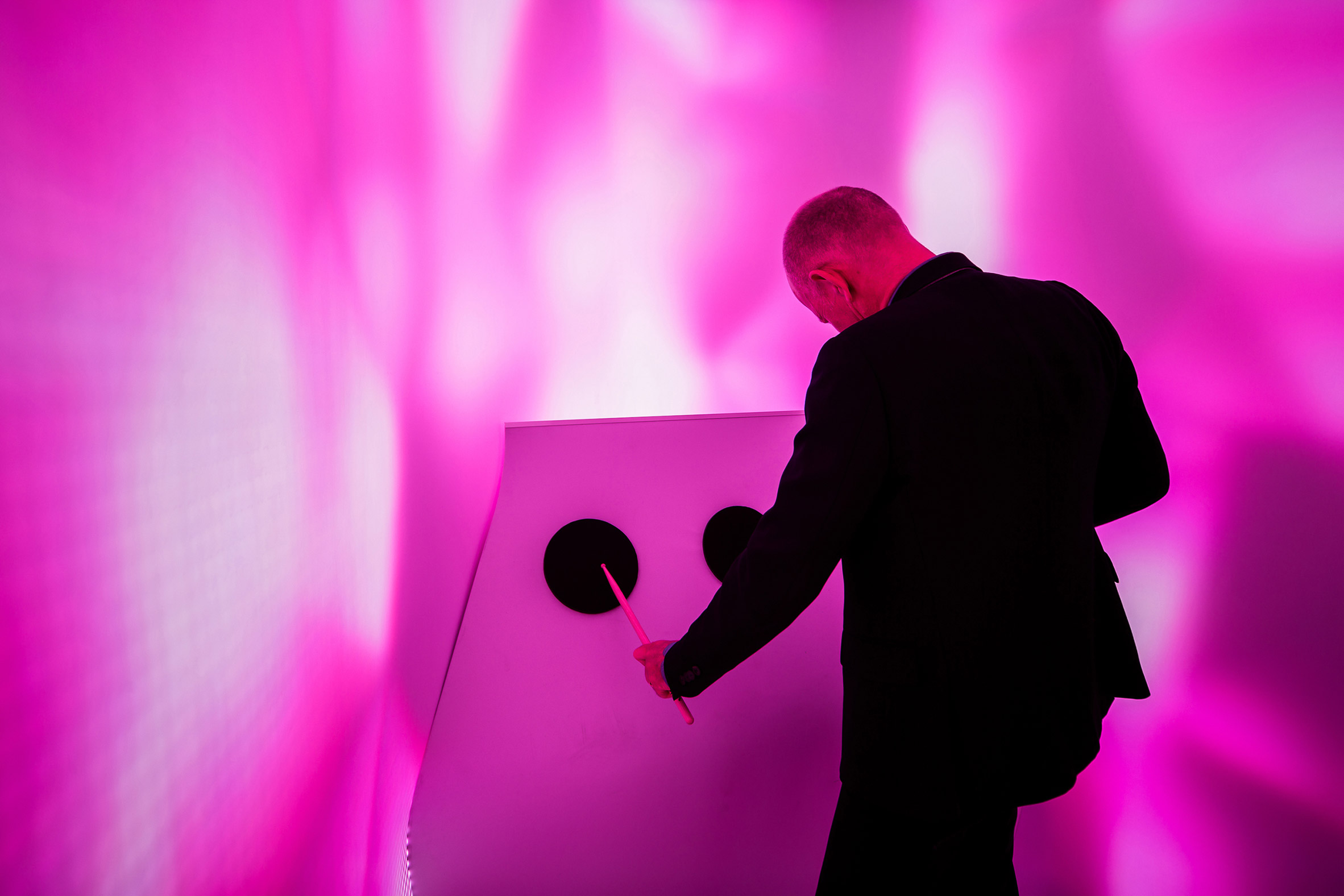
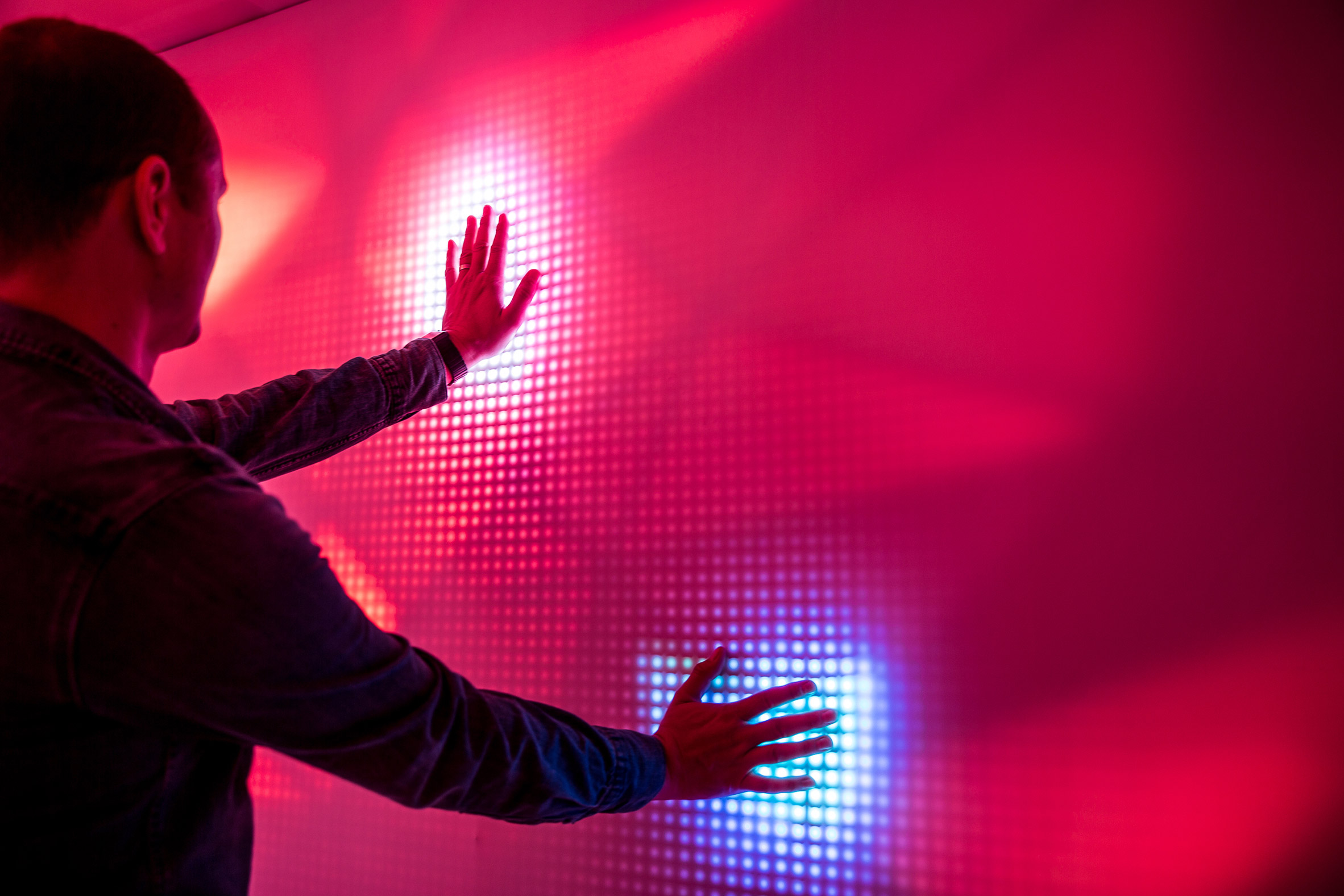
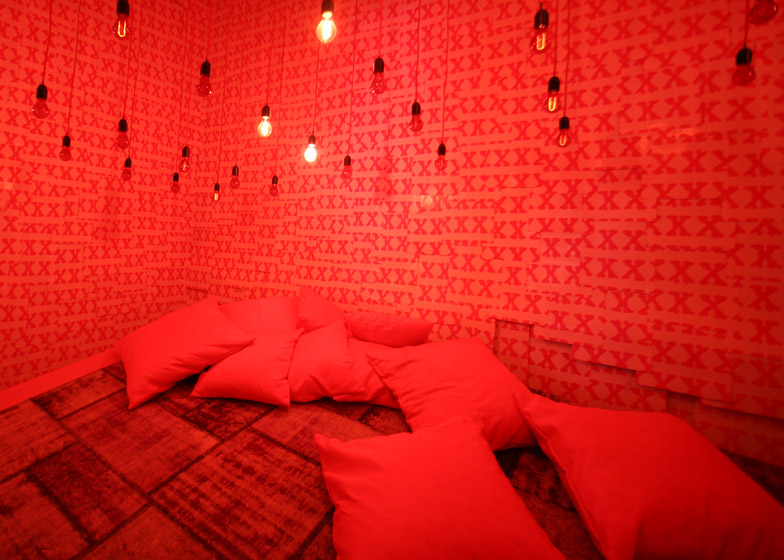
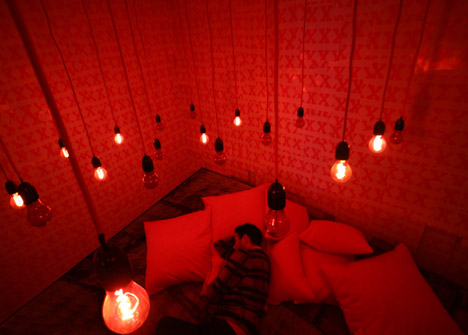
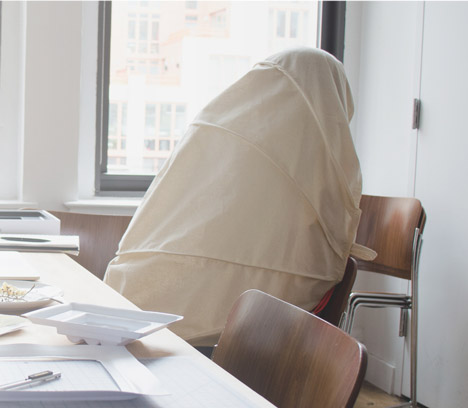
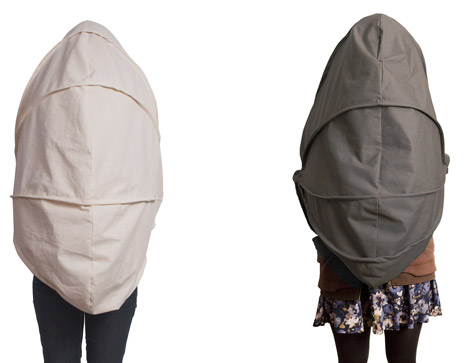
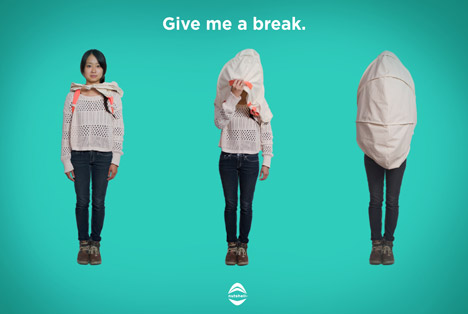
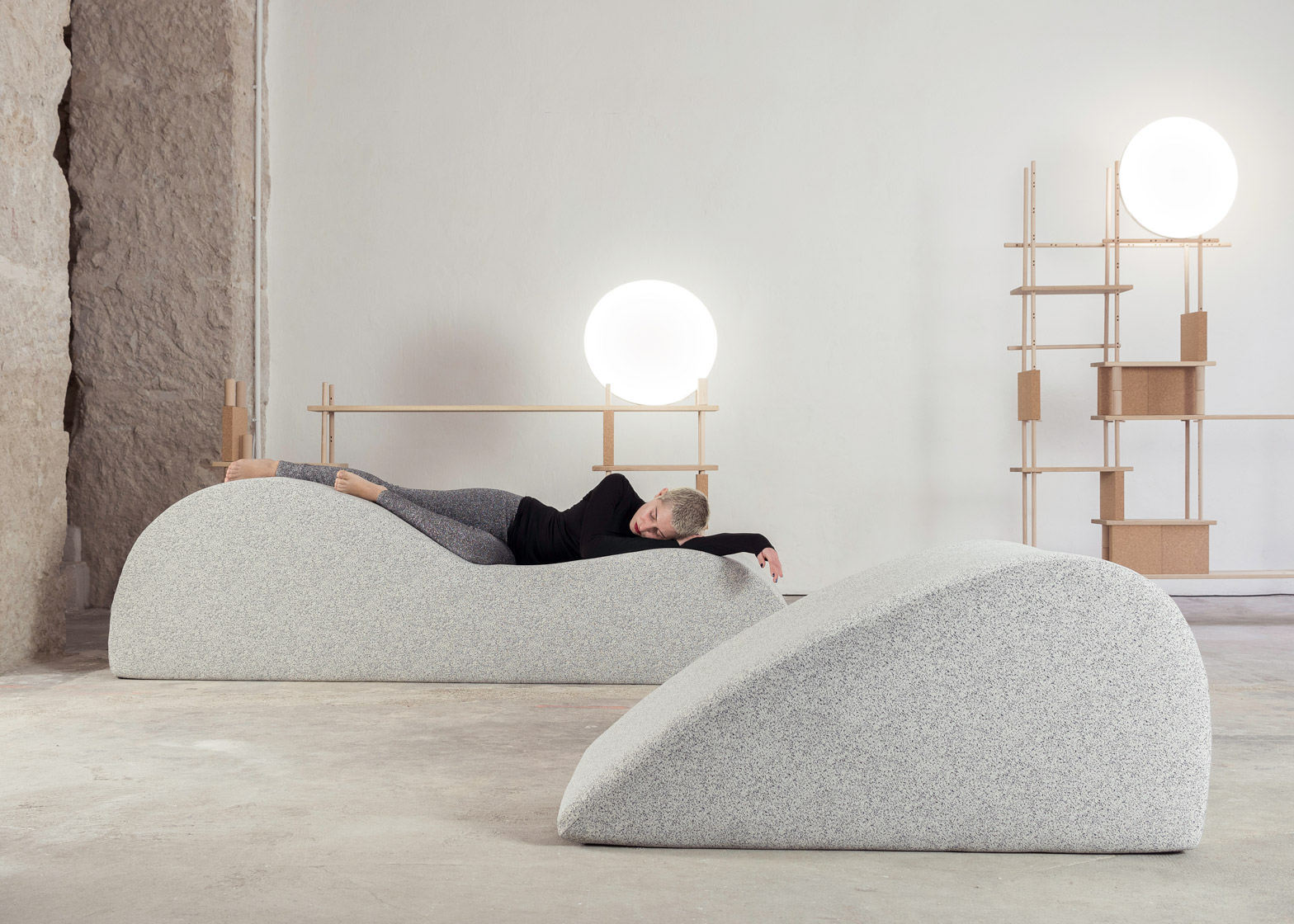
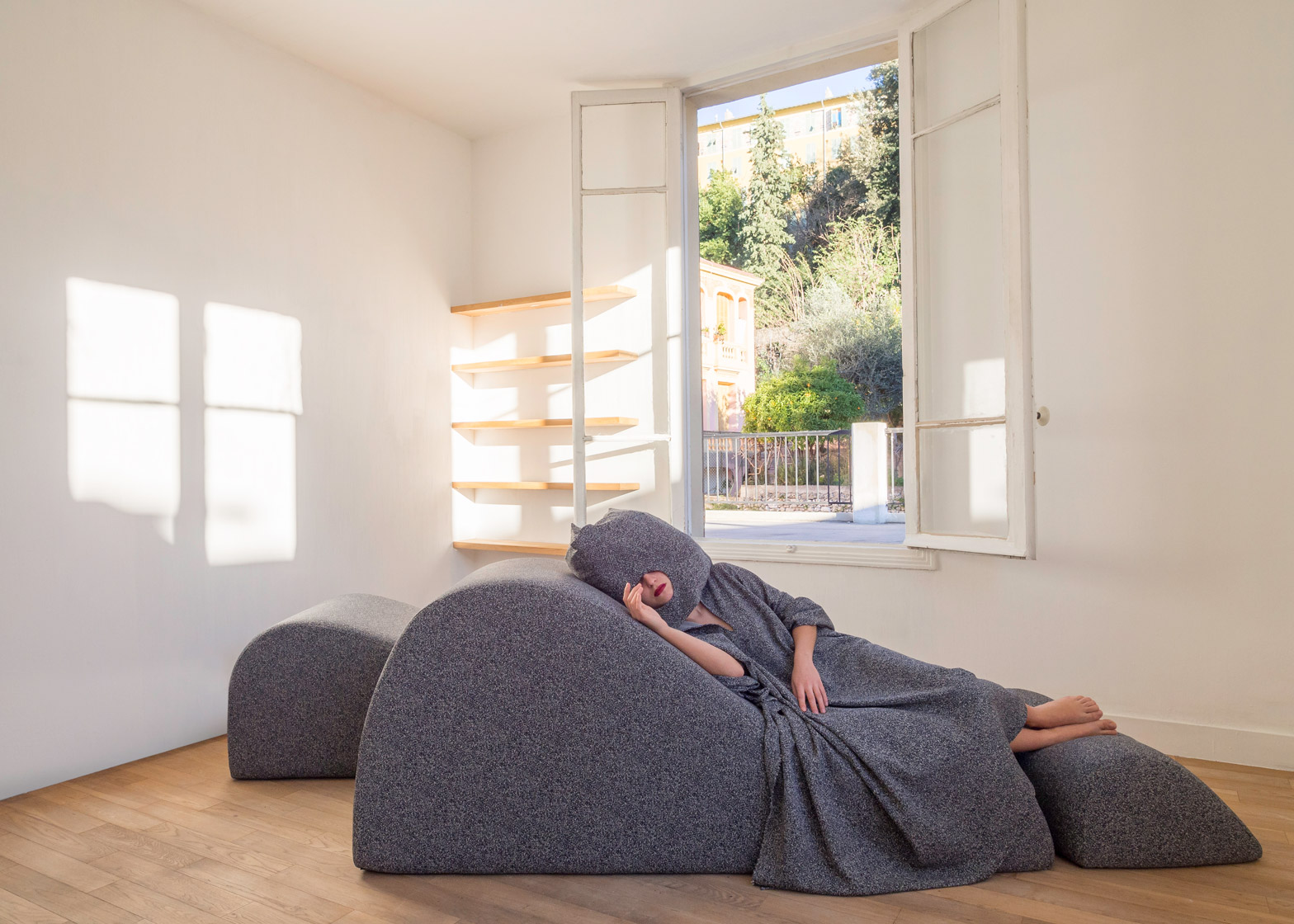
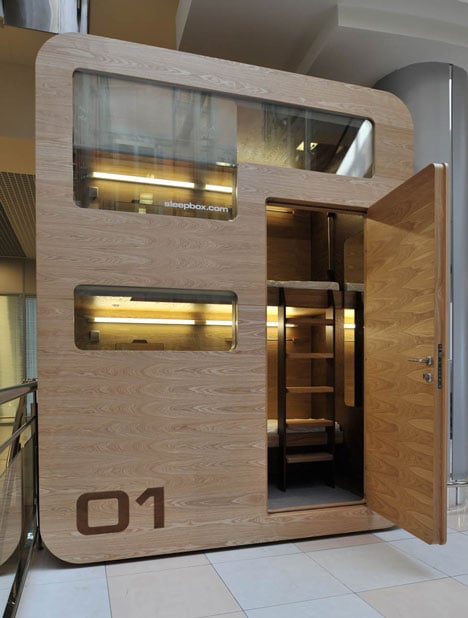
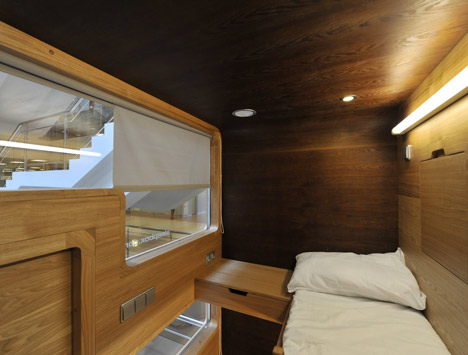
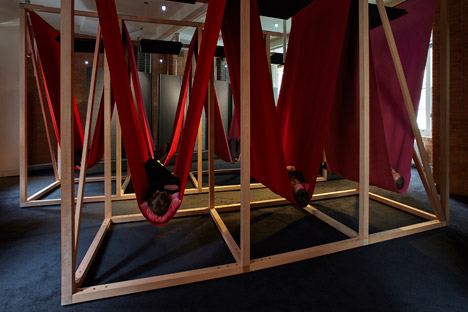
No comments:
Post a Comment